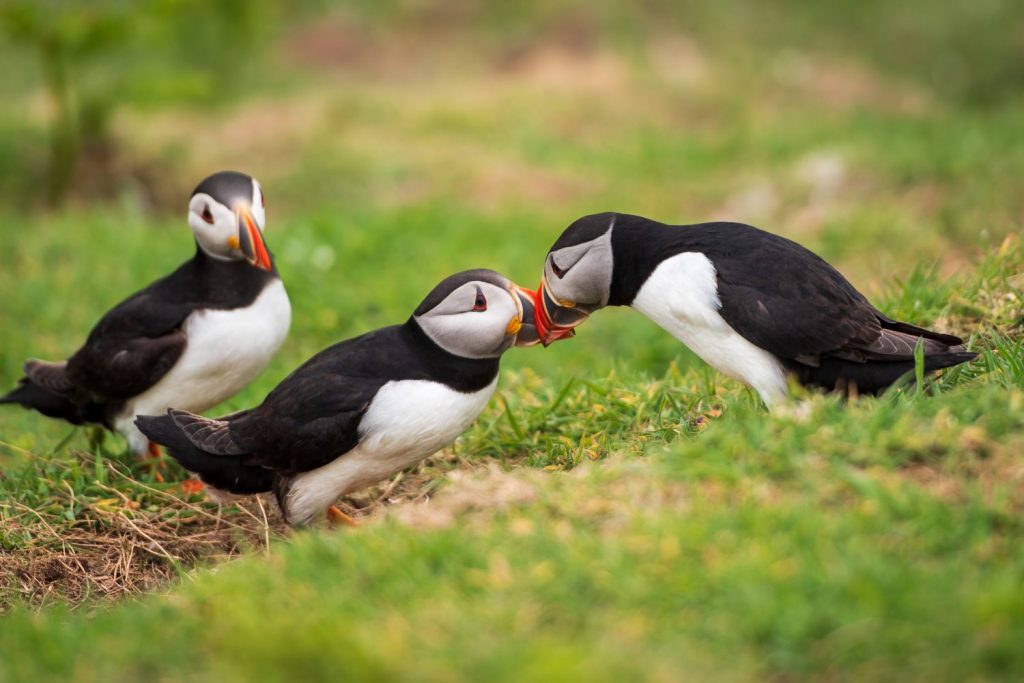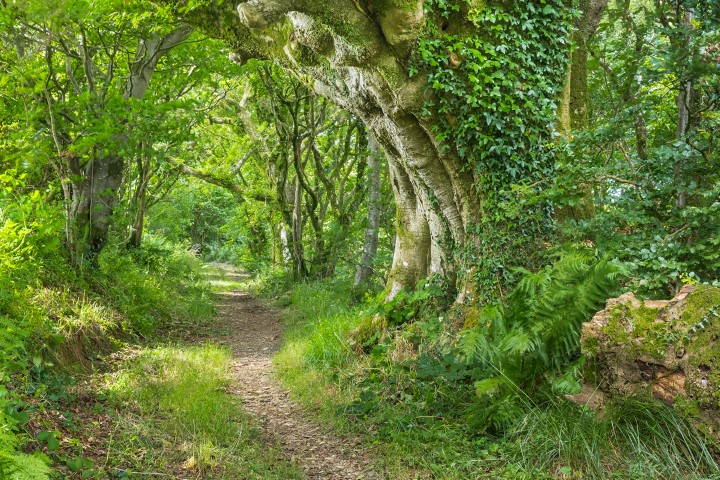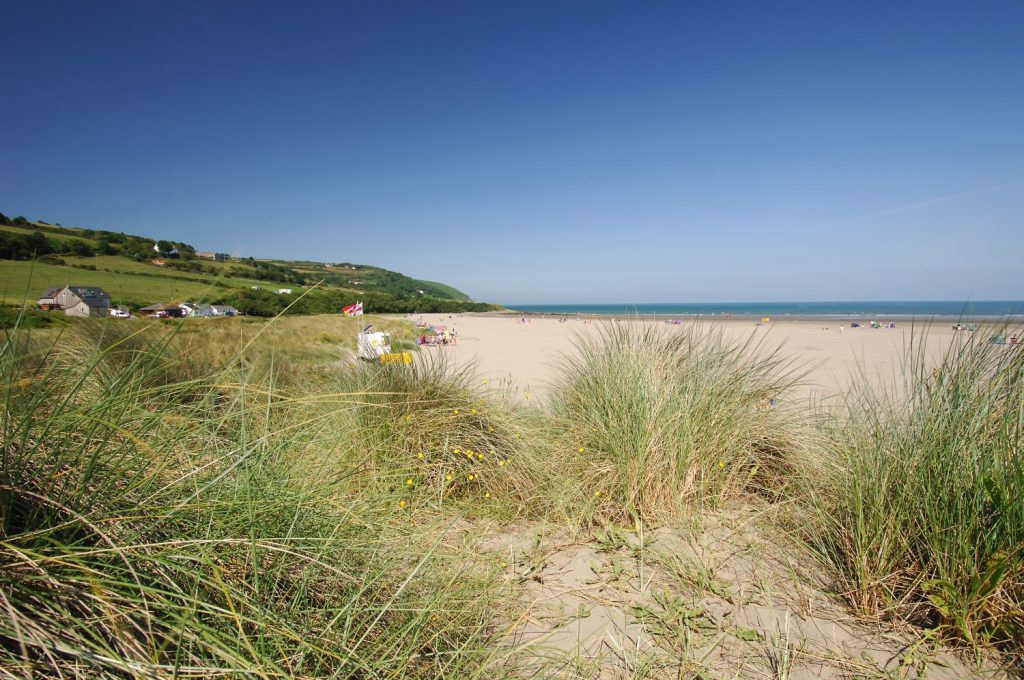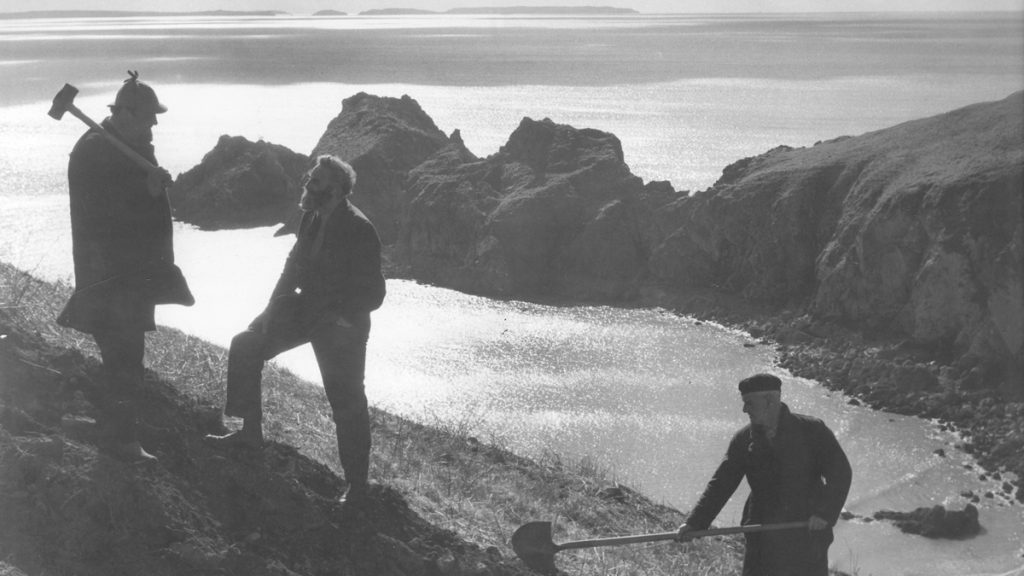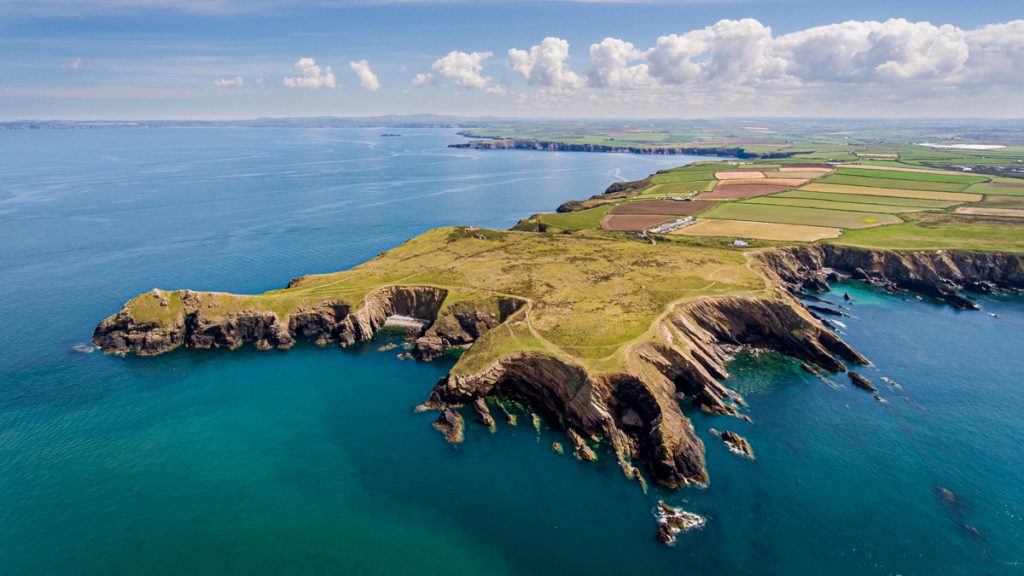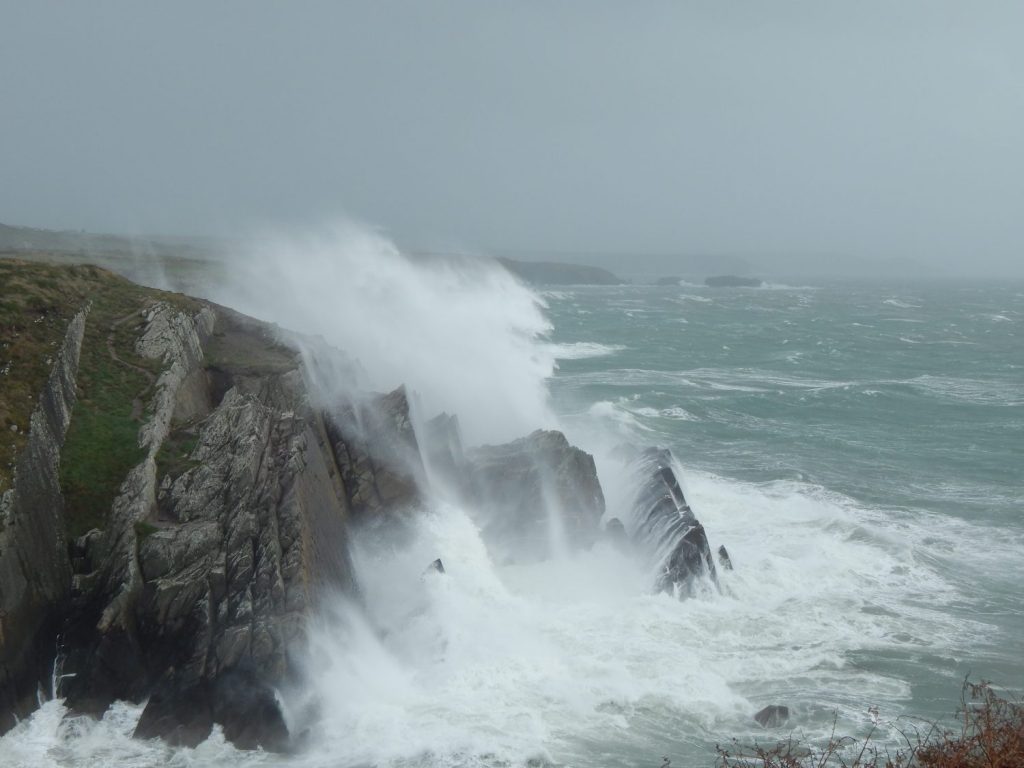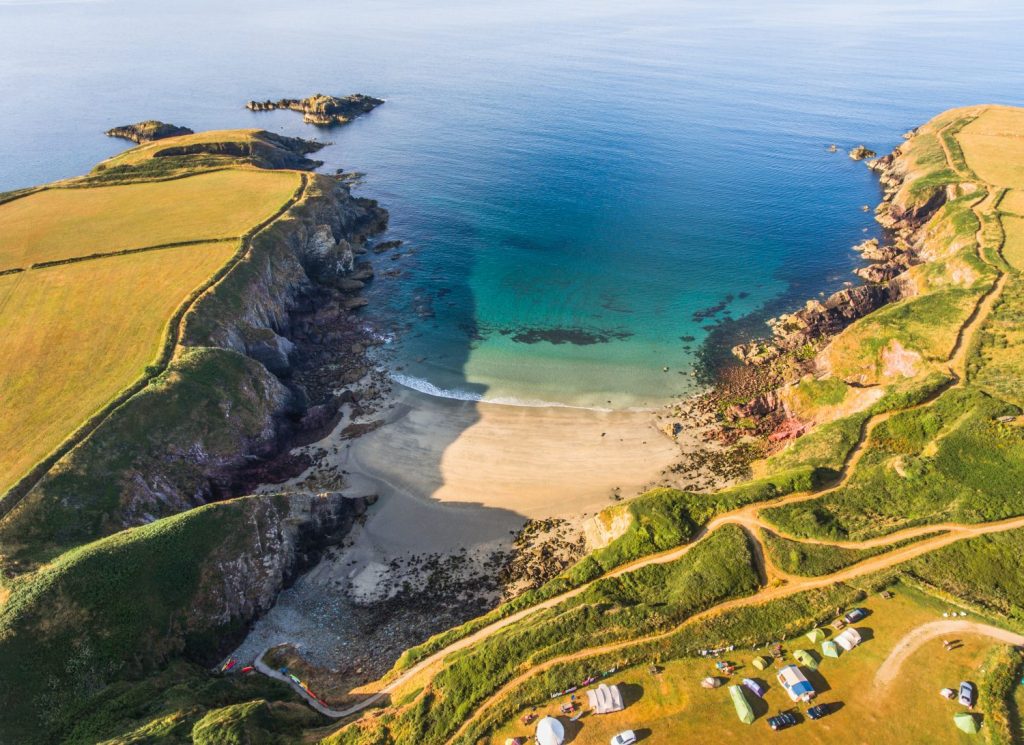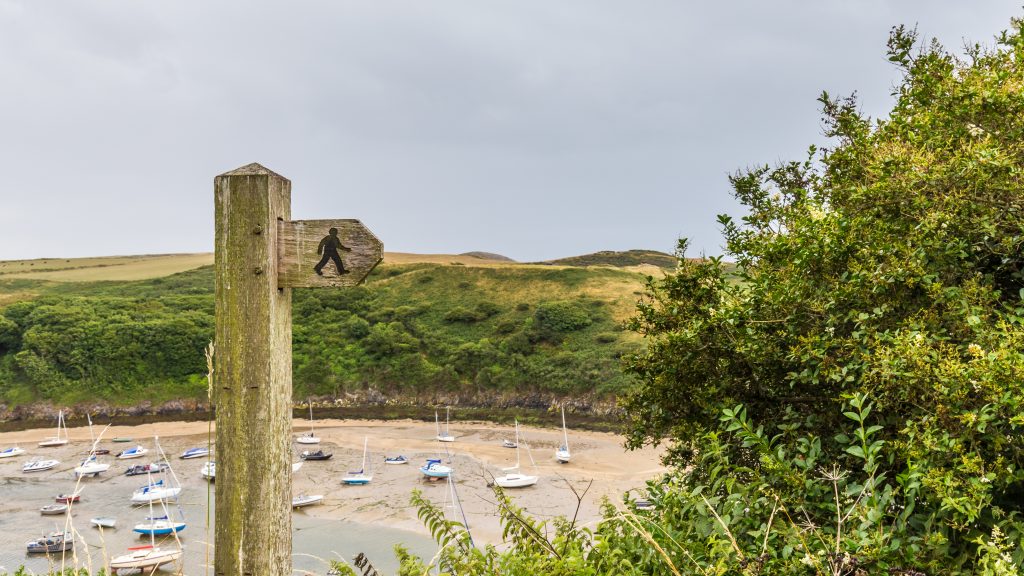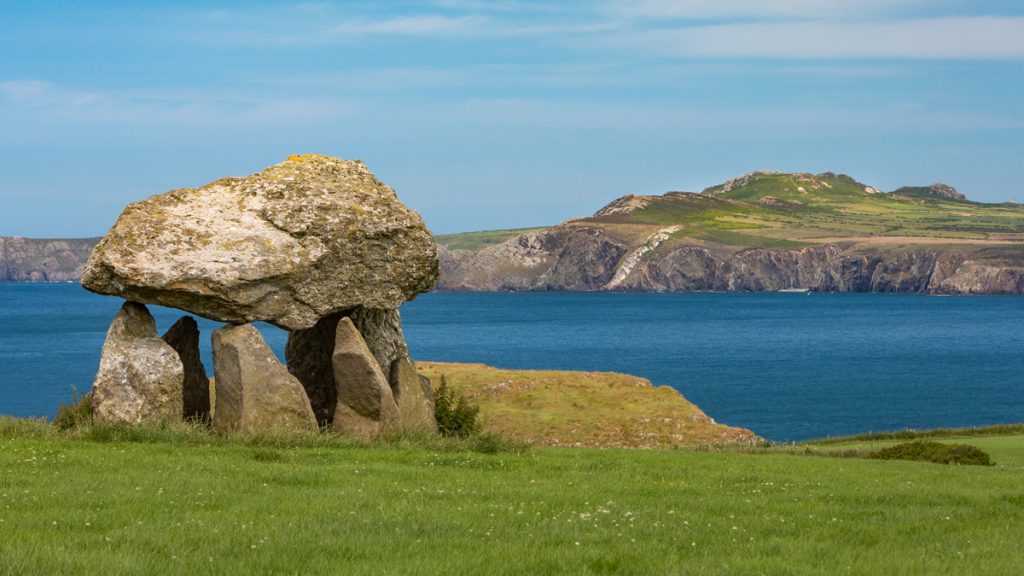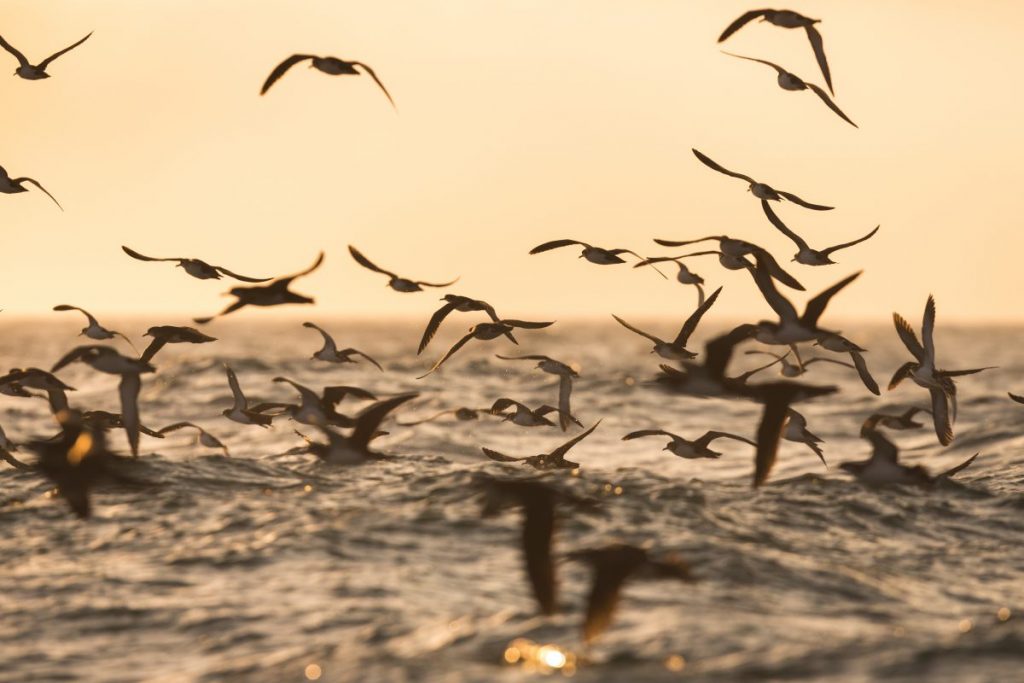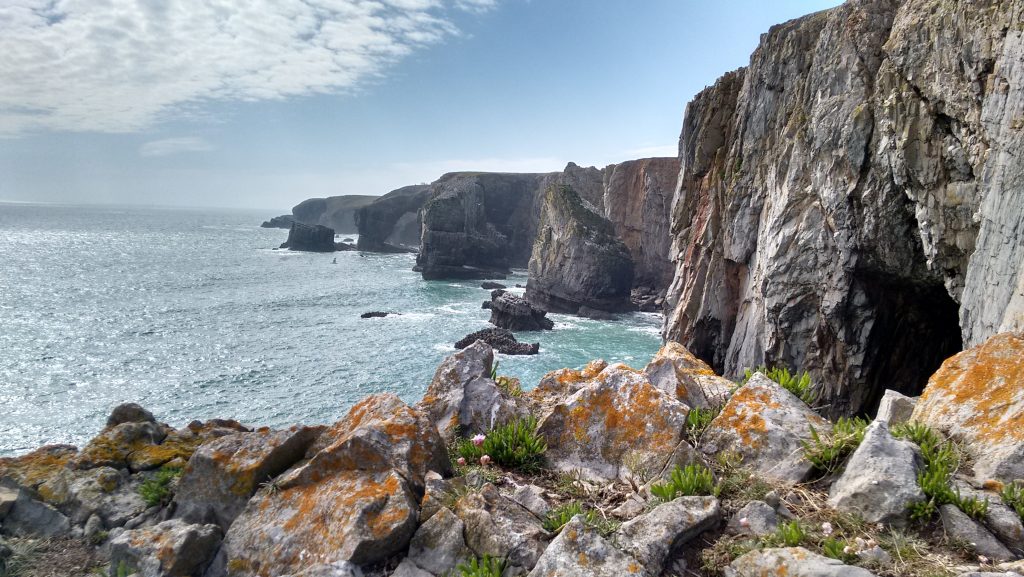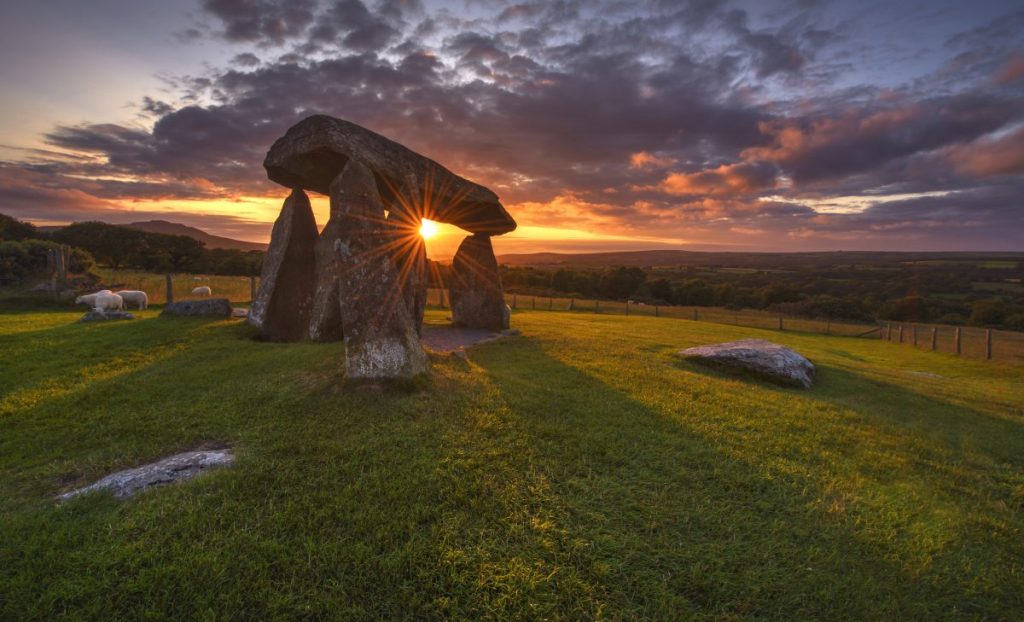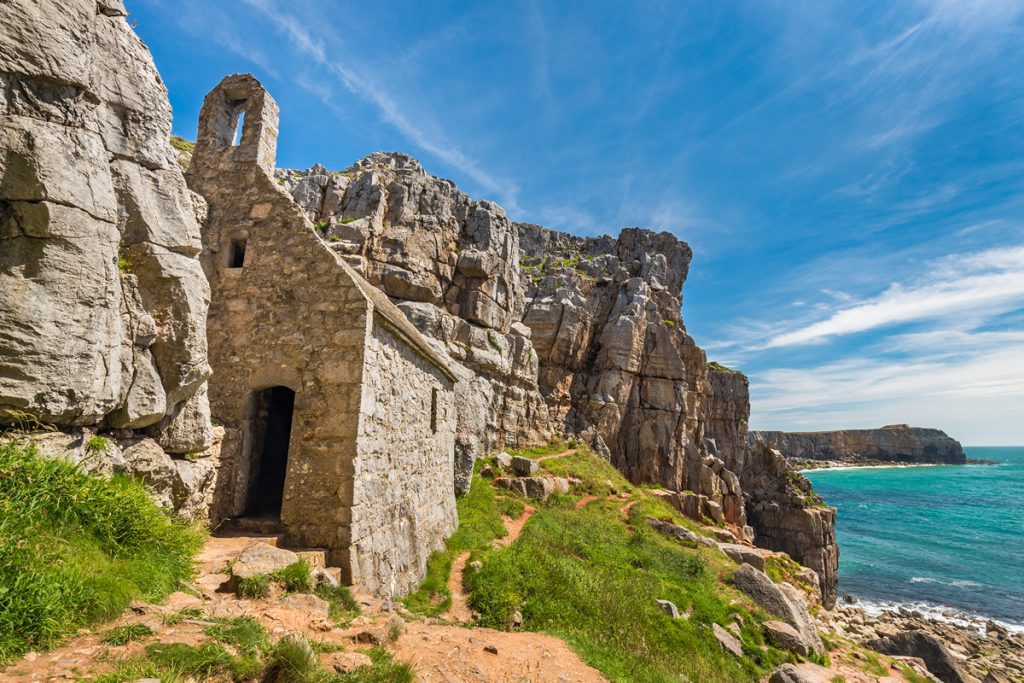The places where animals and plants live are called habitats. The Pembrokeshire Coast National Park has many habitats which support a wide variety of wildlife; both common and rare. These include beaches, seashore and coastal slopes, heathland and mountain, moor and woodland.
Animals and plants are adapted to the environment in which they live. For example, wildlife on the seashore can tolerate the saltwater, those that live on the heathland can tolerate poor acid soil, and woodland dwellers can tolerate shade. The variety of wildlife is called biodiversity and is specific to each habitat. In general, the higher the biodiversity of a habitat, the healthier it is and the more likely it is to survive into the future.
It is the duty of the Pembrokeshire Coast National Park Authority to protect the habitats within the Park and to conserve their biodiversity.
This is done by monitoring the habitats so we know how well the animals and plants are thriving.
Conservation as a job is carried out by Ecologists, Conservation Officers, Biodiversity Officers, Rangers and Wardens.
If there is a need, they will manage the habitat to help it keep healthy and increase its biodiversity. Management can include physical work like cutting vegetation, felling trees, planting trees, drainage, fencing, grazing by animals or even burning of species like heather.
Help for our habitats
Site managers might use controlled burning to help the heathland grow better. Burning is part of a natural process of regeneration which helps heather species to regrow.
They might weed out non-native species such as Japanese knotweed or bracken so native species can compete. They might even replant a woodland area, for example, with native trees to make it bigger.
They could encourage small animals and birds to nest in particular places by putting up nesting boxes.
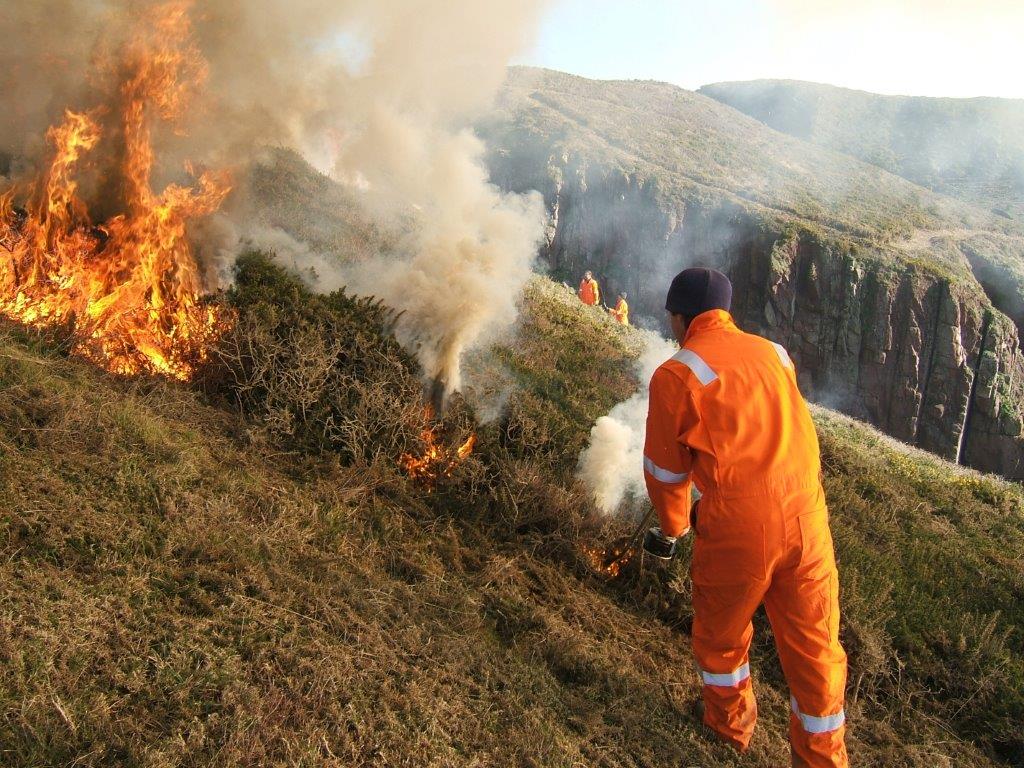
Conservation
Conservation of habitats and biodiversity has become more important since the Rio Earth Summit of 1992 and Natura 2000, when world leaders pledged to protect their countries’ environments.
These two events (and the decisions that came from them) have meant that countries have had to make more effort to monitor their wildlife and protect it. In Europe, the Natura 2000 directive created large areas of protected landscape called Special Areas of Conservation or SAC.
The Pembrokeshire Coast National Park is home to 13 Special Areas of Conservation (three marine SAC overlap about 75% of the Park coastline and account for about 60% of the inshore area), five Special Protection Areas (SPA), one Marine Conservation Zone (MCZ), seven National Nature Reserves (NNR) and 60 Sites of Special Scientific Interest (SSSI).
